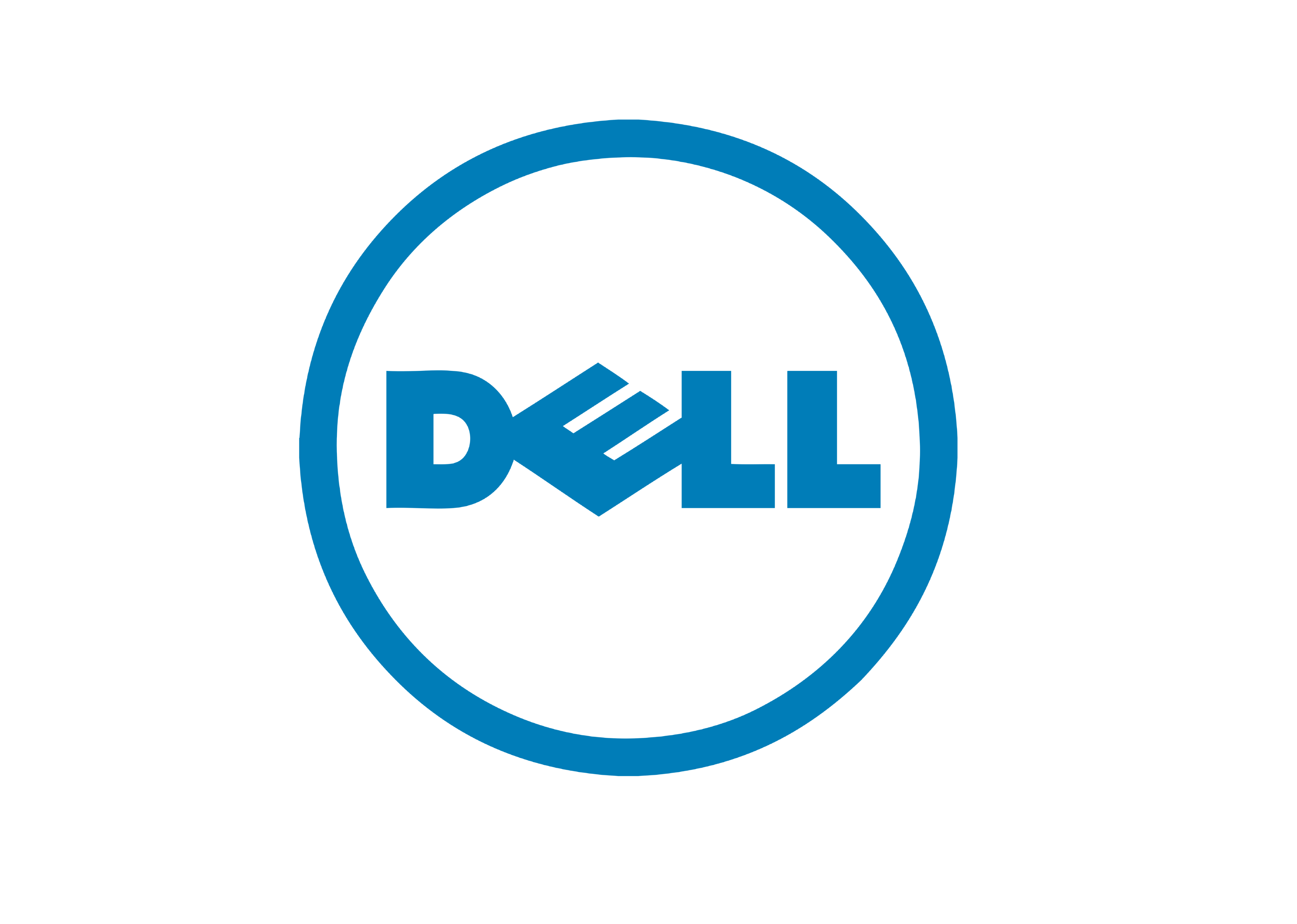Converged Infrastructure (CI) has been gaining popularity among organizations that have been dependent on the traditional infrastructure until recently. With the need for data management more than necessary in the post-pandemic world which is riding on digitalization, there is more necessity of the right infrastructure to manage the data. Data Centers are now the best bet for organizations to manage their data and Dell EMC Converged Infrastructure especially for DCs is the best bet.
“Dell EMC CI helps data centers (DCs) in simplifying their IT structure and transform operations by fusing the compute, storage, networking and data protection. This is done in Dell Technologies fully-engineered systems and validated designs. CI has seen an increased demand in the past year with DCs gaining more popularity due to WFH and data being stored outside the organization’s premises. As per IDC’s Worldwide Quarterly Converged Systems Tracker worldwide CI market revenue grew 0.2% year over year to $4.5 billion during the fourth quarter of 2020. Dell Technologies was ranked #1 by IDC showcasing that Dell’s CI solution is the best in the market apart from the other solutions Dell provides including Dell EMC. This also shows the increase in demand for CI. Dell’s VxBlock systems and Dell EMC Ready Stack are the best choices for DCs,” said Gurpreet Singh, Managing Director at Arrow PC Network (Titanium Partner – Dell Technologies)
The key benefits of Converged Infrastructure are:
- Accelerated IT operation
- Maximum performance and protection for mission-critical workloads
- Simplifies deployment and management
- Supports high-performance workloads
- Enabling cloud operations
If a DC is converged then it results in reduced manual labor, technical skills required to own and operate on-premises or co-located data center. Such DCs also act as a deployment criterion for a private cloud and also acts as an alternative for hosting workloads with a cloud provider. Implementing CI for new DCs is an easy task, however what about the DCs that are already functioning? There are two ways – reference architectures where individual components can be easily scaled up or out as required by application administrators and pre-racked configurations where the components are already pre-connected and cabled further accelerating deployments but allowing scale-out only scalability.


